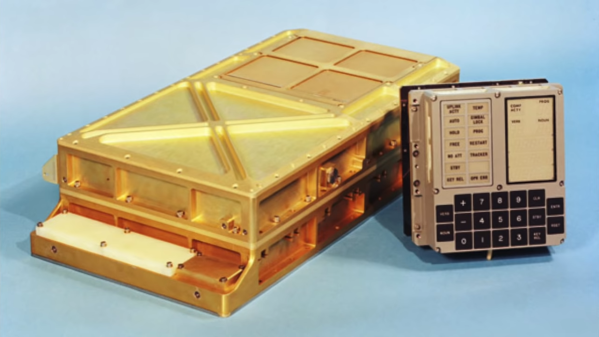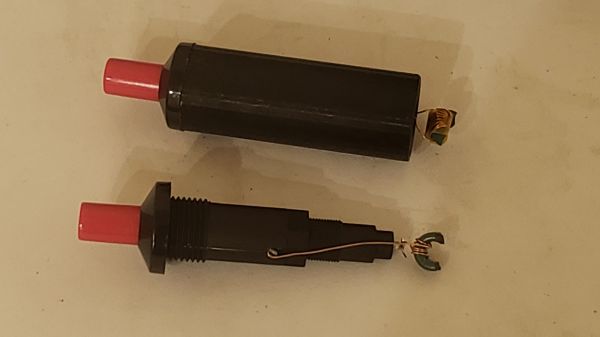Over in the Swedish city of Södertälje, about 30 km southwest of Stockholm, a pilot program is being explored which will enlist crows to clean up discarded cigarette butts. Butts account for over 60% of litter in Sweden, and the per-butt cleanup cost falls between 0.8 and 2 Swedish kronor each. The company behind the project, Corvid Cleaning, estimates the cost will be around 0.2 kronor. If the birds picked up all the butts, that would be a substantial savings, but in reality, the current manual cleaning will still be needed. Total savings to the city will depend on the ratio of bird-collected vs. people-collected butts. Of course, if people would throw their butts in ashcans or carry pocket ashtrays like those popular in Japan, this would be a non-starter.
Crows were selected because they are considered one of the most intelligent bird — they’re easy to teach, and they communicate with each other. All crows participating in the project are volunteers, and are paid by the butt with a morsel of food dispensed from a machine. We’re reminded of B. F. Skinner’s pigeon-guided missile projects from the 40s and 50s, although cleaning up litter for food should result in a happier outcome for all parties concerned.
This kind of project has been tried before, for example, in a French park back in 2018. And we covered a 2020 project by [Hans] who was training magpies to do similar duty. Are you aware of any of these projects that went past the pilot phase and are in operation? Let us know in the comments below.


















